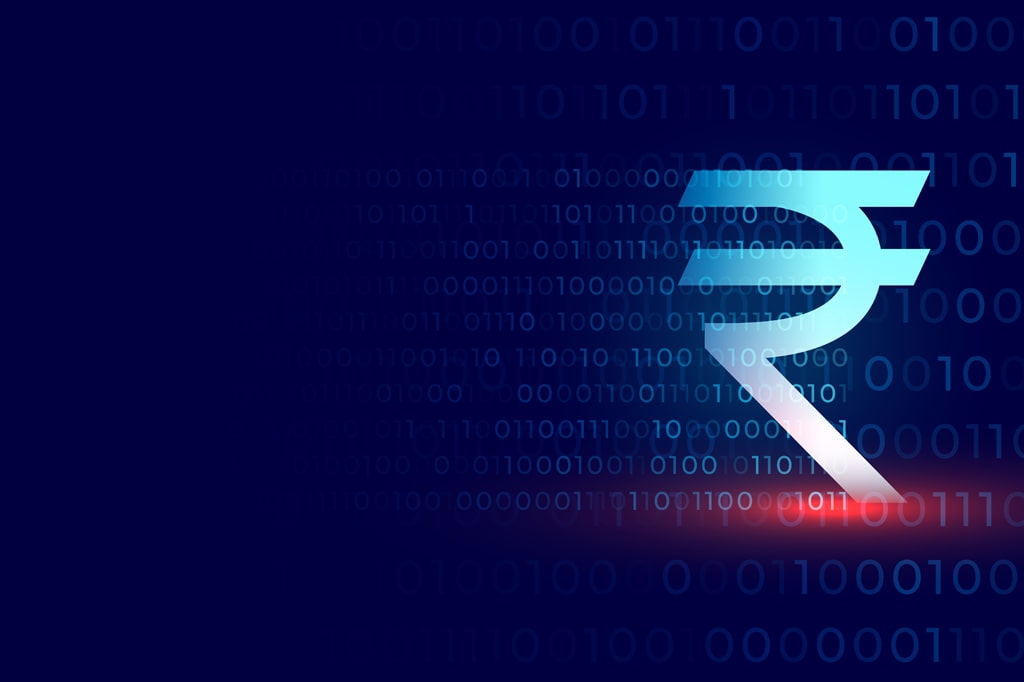Will the e-RUPI implemented in India under the direct control of the Reserve Bank of India Fuel or hold back the boom in the Indian economy.
The government had brought schemes like demonetisation and PMJDY as part of the Digital India project started during the first NDA government. It can be said without a doubt that these were good decisions but flawed in the way they were implemented. Its aftermath can be seen in many corners even today.
However, e-RUPI is also a step towards the dream of Digital India envisioned by our Honorable Prime Minister. Let’s hope that e-RUPI will be another milestone.
From 2013 to last year, i.e. 2021, the blockchain system has conquered the whole world under the name of digital rupee. The idea of blockchain emerged from the question of what to replace the existing currency exchange system. crypto exchanges started to provide better service than visa card and mastercard which were the best services till 2019, Business kings started following crypto exchanges and with that crypto started gaining popularity. As this transaction started getting better capital appreciation than any other investment, it started creating headache for the government. Here was a shocking impact in India too. At one time there were more crypto accounts in India than demat accounts, but only people who didn’t even understand their purpose were using them. When crypto currency, which had no restrictions, became a threat to the world, countries like the United States, China, and India brought laws to regulate crypto. But it’s just that no significant damage was reflected in the crypto sector.
The idea of e-RUPI was born out of what could be created in India that could compete with crypto,which is controlled by the government but could go far beyond the existing currency system.
The Reserve Bank of India launched the digital rupee on a pilot basis. The digital currency will be offered by a select group of public and private banks in a few major cities initially, which can be used for both person-to-person and person-to-merchant transactions.
The digital rupee, or the e-RUPI, is a central bank digital currency issued by the RBI. It is similar to the physical cash that you hold in your wallet except that the e-RUPI is held electronically in a digital wallet overseen by the RBI. The digital rupee is recognised as legal tender by the RBI, and thus has to be accepted by everyone in the country as a medium of exchange. It is, however, different from deposits that you hold in a bank. Unlike deposits which are paid interest, the digital rupees in your wallet are not paid any interest by the central bank. Deposits held in banks can be converted into digital rupees and vice-versa.
Why e- RUPI?
If we take the countries in the world where the highest number of UPI transactions are taken, India is at the forefront. Today in India there are opportunities to do UPI transactions even in box stores. Then why e-RUPI?
Banks have to pass two entries for an UPI transaction in India. The net result is higher costs for banks and account users. Instead of that, the e-RUPI Reserve Bank has brought. Banks have no role here. Because everything is supervised by RBI directly.
It is hoped that this project, which is currently being implemented by only a few people, will soon be opened to the entire population of India. For a new change, we can believe and hope that e-RUPI will make us proud to say Digital India in front of the world.





